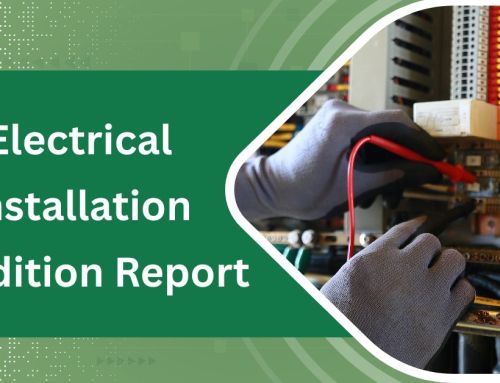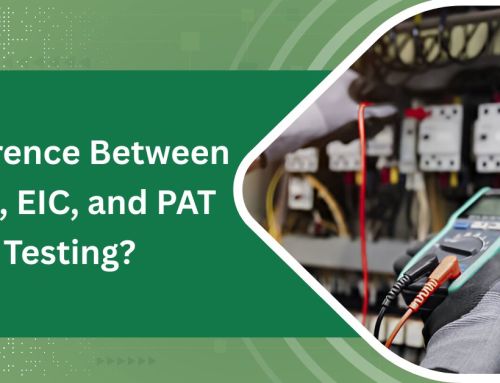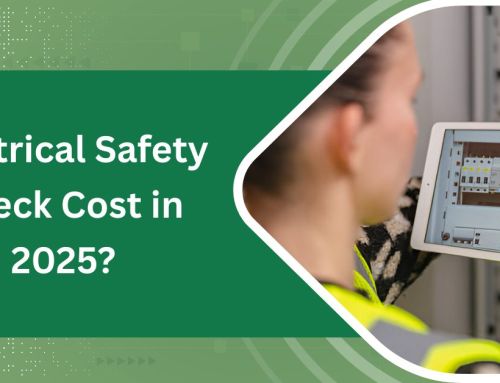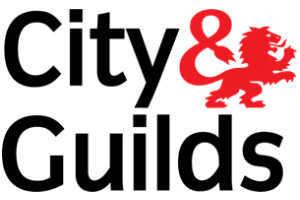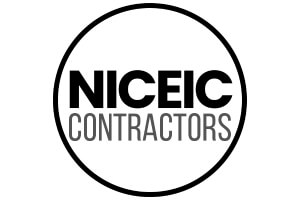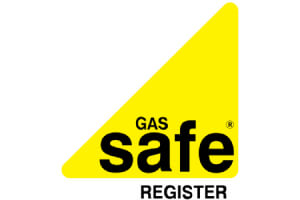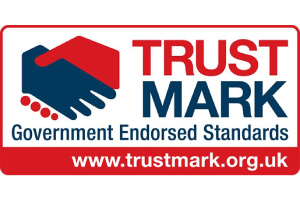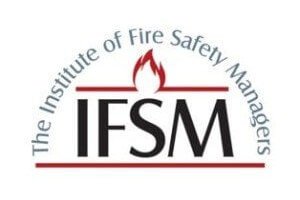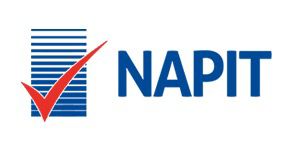
Reverse Polarity On Sockets
Wiring a receptacle backward is called “Reverse Polarity.” The “hot” wire, which is also known as either the black or red wire, gets wired on the neutral side when this occurs. Meanwhile, the neutral side gets wired on what’s called the “hot” end. If you take a look at the featured image included below, you can see Reverse Polarity for yourself via how outlet testers work.
While the circuit is still operational, this can induce a hazardous situation.
We should understand how a normal outlet works before understanding how a reversed polarity receptacle is dangerous.
When an outlet is wired, the right side typically carries the hot current from the black wire to the outlet. On the opposite side, Neutral connects to complete circuit through plug or light bulb.
If a light is connected to the outlet, the hot wire goes to the lamp and the lamp switch controls whether or not the light is on. As a result, if the switch is off, there is no electricity going to the lamp socket. The light socket can complete the circuit by sending electricity to the neutral wire once power has been applied through.
When an outlet is miswired, the live wire is instead connected to what should be the neutral side. If you were to plug in a lamp as noted above, the socket would have power even if the switch was turned off because switches only control hot wires. All it takes for someone to complete the circuit and send electricity flowing through their body to ground is touching any exposed metal.
Reverse polarity has the potential to damage not just lamps, but also your toaster. For example, if you plug your toaster into an outlet that was wired backwards. If you insert your knife into the toaster in order to get a slice of bread, you might be electrocuted if your knife comes into touch with the metal. This is why reverse polarity can be so hazardous.
How To Know If Something Is Reverse Polarity?
Get an EICR for your property and it will be covered as part of the report, if you need to book an EICR, Book Now with us!
Or you can test the reverse polarity on any socket by buying a socket tester and if you find reverse polarity in any of the sockets you can book our NICEIC qualified engineer to come to your property and fix it for you.
Need to get reverse polarity fixed on socket, book an engineer visit now with us.
The most common cause of an outlet being wired in reverse is just unprofessional workmanship.
Conclude
As Part of our BS7671 EICR, we find reverse polarity outlets quite frequently.
When the hot and neutral wires are connected in reverse, it’s known as reverse polarity. Using appliances like a toaster or a lamp while having reversed polarities can result in electrocution. Reverse polarity on sockets refers to a wiring issue in which the positive and negative wires in an electrical circuit are connected to the wrong terminals of an outlet or receptacle.
In a standard electrical circuit, the black or red wire is connected to the positive terminal, while the white wire is connected to the negative terminal. However, if the wires are connected in reverse, it can create a potential hazard, as it can lead to electrical shock or damage to appliances and electronics plugged into the outlet. It is important to have an electrician or qualified technician correct any instances of reverse polarity to ensure safe and proper functioning of electrical circuits.
Reverse polarity can easily be fixed by switching the wires to their corresponding sides, but the works needs to be carried out by a professional electricians.
In need of a professional electrician, Book one now with us!
Our Pricing
| Our Electrical Safety Certificate Prices |
|---|
| Studio Apartment £67.99 |
| 1 – 3 Bedroom £81.99 |
| 4 Bedroom £89.99 |
| 5 Bedroom £98.99 |
Check Out Our Other Services
| EICR | Commercial EICR | Emergency Light Certificate |
|---|---|---|
| Electrical Diagnostic | PAT Testing | Fuse Box Installation |
About the Author: LandlordCertificate
Related Posts
Get Social
Recent Posts
- Understanding Fire Extinguisher Testing: What It Involves
- Gas Safety Certificate Requirements: What Every UK Property Owner Must Know
- What Is the Fire Risk Assessment Cost
- Gas Safety Certificate in London: What It Is and Why You Must Have One
- Why Getting an Asbestos Survey Matters for Property Safety


